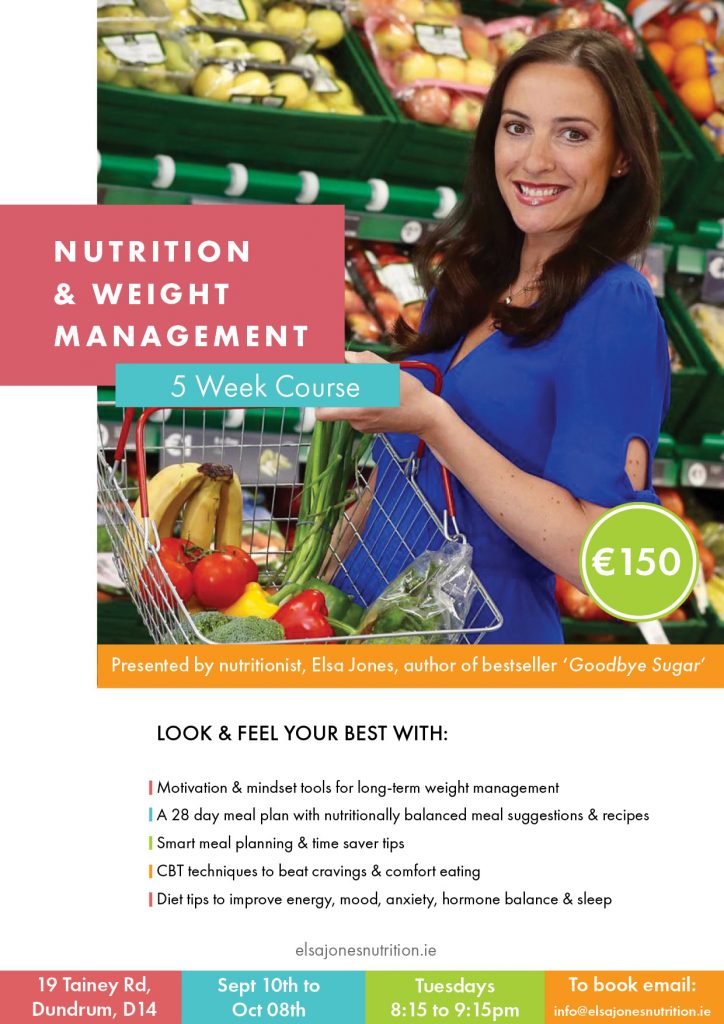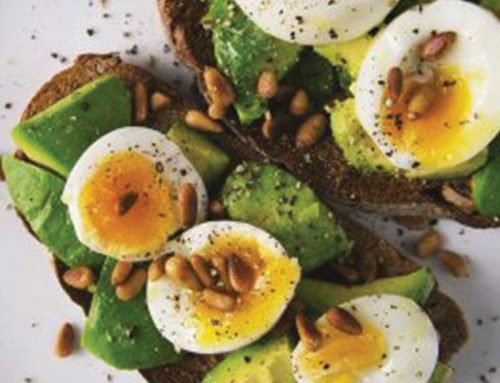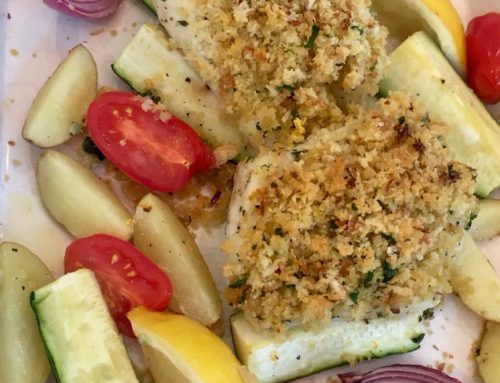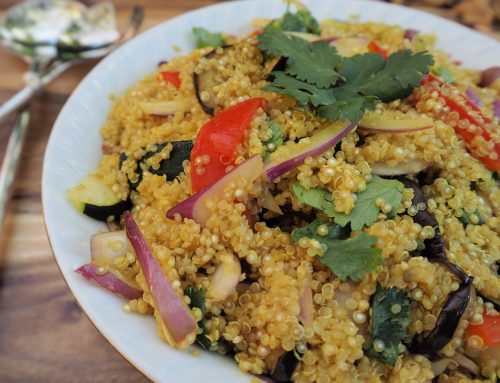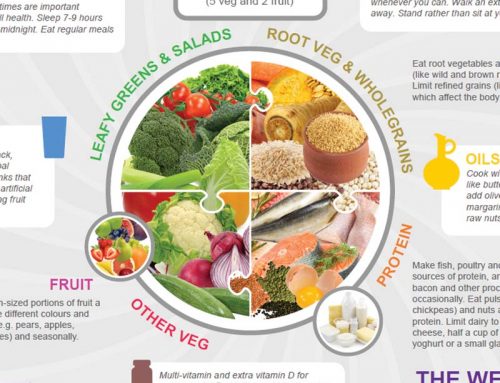Tips & suggestions for Healthy School Lunch Boxes plus breakfast & snack suggestion YOU and YOUR kids will love!
So the kids are back in school a couple of weeks and already you may be feeling a bit uninspired as to what to put into their school lunch boxes! With all the other demands of everyday life I think it’s important to be practical and organised so that packing school lunch boxes doesn’t become yet another chore on your to do list! It can be tempting to give your child whatever they want for lunch in order to keep them happy but at the same time food is fuel for the body and brain and for growing kids putting the right type of fuel into their bodies can really make a difference to how they behave and perform at school.
Research shows that fluctuating blood sugar levels, dehydration and not getting enough of certain nutrients can have a negative effect on a child’s physical, mental and emotional health. So, it stands to reason that their mood, behaviour and concentration levels will be affected by what they eat/drink throughout the day.
Keeping them healthy AND happy is a balancing act and in my opinion both parent and child usually have to meet somewhere in the middle to keep everyone reasonably happy, that’s how we do it in my house anyway! In an effort to keep my advice realistic and practical I’ve only used photo’s of meals that I actually make and my kids actually eat as opposed to using instagram worthy ‘supermom’ filtered shots 🙂 These tips are slightly more geared towards smaller kids but really they apply to everyone.
 Below are 7 steps you and your child can take to help them put their best foot forward throughout the school year:
Below are 7 steps you and your child can take to help them put their best foot forward throughout the school year:
Plan ahead
As we all know, time is of the essence on school mornings and it can be stressful getting kids out the door, dealing with traffic and the pressure of getting to school/work on time. The more planning and preparation you and your kids can do the evening before, the easier it will be to make healthy choices whilst dealing with the morning time rush. Encourage your kids to decide what they’d like to eat for breakfast and lunch the following day and set the table accordingly the evening before. You can also partly pack lunch boxes in the evenings and then just add the remaining items come the morning.
Set them up for success with a good breakfast
Many studies have indicated that children tend to be more attentive, less fidgety and recall more information in the classroom after eating a nutritious breakfast. A child’s breakfast should include slow releasing carbohydrates e.g. oats, wholegrain cereals/bread for long lasting energy. Adding some protein e.g. milk/yogurt, eggs, nut butter will also help to keep blood sugar levels stable and help your child stay fuller for longer. If you find it hard to get your child to eat healthy wholegrain cereals, consider a compromise where you combine the ‘healthy’ & ‘less healthy’ cereal together e.g. weetabix with corn flakes sprinkled on top 🙂
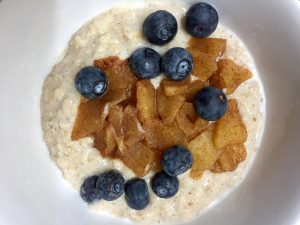
Porridge with cinnamon stewed apple
Better breakfast ideas
- Porridge topped with blueberries, grated apple + a small drizzle of honey/maple syrup
- Weetabix with milk + sliced banana & blueberries
- Low Sugar Yogurt topped with low sugar granola & fruit (opt for yogurt < 8g sugar per 100g )
- 1 egg + wholemeal toast soldiers. Omelette fingers/ can be made night before.
- Peanut butter & sliced banana on wholegrain toast/oat cakes
- Banana Pancakes click here for recipe, pictured below

Banana, Oat & Blueberry pancakes, made & cooked in 10 min!
Create a nutritionally balanced lunch box
A balanced diet starts with creating nutritionally balanced meals and school lunches are no different. Try these tips to help you get the balance right:
- Sambo’s are a lunch box staple and can make for a nutritionally balanced meal at lunch time provided you pack a healthy one. Try to choose a wholegrain bread that has 2-3 grams of fibre per slice.
- Include a portion of quality protein such as chicken, turkey, tuna, ham off the bone, hard-boiled egg, cheese or even hummus. Good quality protein is important for maintaining stable blood sugar levels and concentration.
- Try not to get stuck in a ‘hang sandwich’ rut. Processed meats like ham are high in salt and preservatives that are not good for health. Consider reducing the amount you use by mixing it with chicken or cheese or limit it to certain days of the week. I buy fresh turkey slices off the bone from the deli counter of my supermarket – my 6 year old loves turkey in sandwiches.
- Consider bread alternatives – some kids feel bloated and sluggish on too much bread. Oat cakes can be topped with savoury or sweet toppings like hard-boiled egg, cheese or hummus and are good source of fibre. Cold pasta/cous cous/quinoa salads are a good option too with pesto and torn chicken breast, hard- boiled egg or grated cheese. Don’t be afraid to use leftovers from dinner e.g. roast chicken, cooked pasta/quinoa.
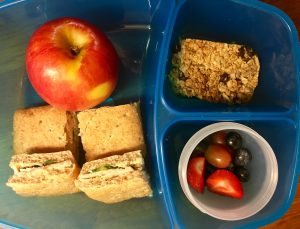
My 6 yr old’s lunch – Wholewheat sandwich with fresh turkey slices & cucumber, nut free granola bar (see recipe), jazz apple & chopped fruit
Spread their 5 a day across the entire day
It’s important to try to get at least 3 portions of fruit & veg into your child’s diet early in the day across breakfast, lunch and snacks if you want to help them achieve their 5 a day total, leaving it till dinner time won’t work!! It’s a lot easier said than done I know but we must try our best!
Setting a child a challenge of consuming 5 different coloured fruit & veg a day (5 a day the rainbow way!) is a fun incentive for smallies. The portions can be very small starting out. This can be charted and perhaps rewarded at the end of the day/week.
You can easily upgrade the nutritional value of a sandwich or snack by adding even small amounts of fruit & veg such as sliced cucumber, tomato or peppers Some kids prefer veggies on the side instead of inside a sandwich. Pop cucumber/celery/carrot sticks and a couple of cherry tomatoes into their lunchbox along with fruit that’s easy to eat e.g. blueberries, grapes, apples.
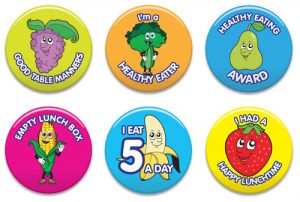
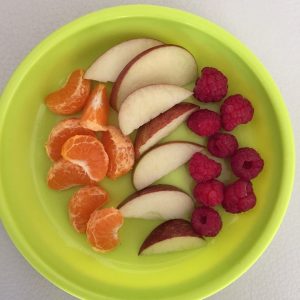
Snack Smart
Most kids will require a small mid-morning and mid-afternoon snack to give their energy, mood and concentration levels a little boost. Research shows that 89% of parents say their child’s school has a healthy food policy which is brilliant because it makes limiting your own child’s intake of less healthy snacks easier if nobody else is having them. Interestingly, 54% of parents say they find it difficult to come up with healthy snacks to put into school lunch boxes, so, here are some healthy snack suggestions:
- Low Sugar yogurt topped with nut free granola & fruit (Paddy O Granola does a nut free granola which my kids love)
- A cube of cheese with a handful of grapes.
- An oat based flapjack/granola bar (try my recipe here for delicious nut free granola bars your kids will love!) If you don’t have time to make your own, Flahavan’s do a good range of Flapjacks that are relatively low in sugar.
- Mini banana muffin (see recipe here)
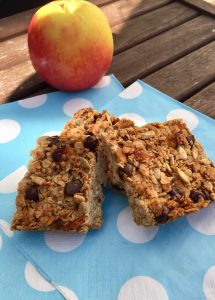
Nut Free Granola Bars
Help Them Stay Hydrated
By the time you feel thirsty your body is already dehydrated. Research shows that as little as 1 percent dehydration negatively affects mood, attention and memory. Children often need to be reminded and encouraged to drink water in order to stay hydrated. Often they don’t like drinking plain water and prefer juice drinks or squashes which can be high in sugars and/or artificial sweeteners neither of which are good for overall health. Encourage your child to drink at least 500ml of water throughout the school day, more if they are playing sport. Fruit flavoured water can really enhance the taste of plain water and make it more appealing for children. Make sure to choose one that contains no added sugar or artificial sweeteners.
Check labels for sugar content
Even seemingly healthy foods like cereal bars often contain a lot of added sugar. Too much sugar in a child’s diet can lead to blood sugar fluctuations that can affect mood, behavior and concentration. We also know that too much sugar in the diet can lead to weight gain and dental caries. Feedback I get from parents is that they wish food & drink labeling was more transparent in order to make healthier choices.
A really simple & useful way of calculating how much sugar is contained within a food/drink is to remember that one teaspoon of sugar weighs four grams. So if a cereal bar contains 12 grams of sugar per bar, you will know that amounts to 3 teaspoons of sugar and can therefore make an informed choice. Encourage your child to become aware of food labels too. Scroll down page to watch my ‘Get Sugar Savvy’ Video here
Do your best – it’s good enough!
And last but not least, remember, that we as parents are human too – sometimes we get it right when it comes making healthy choices for ourselves and our children and sometimes we don’t and that’s ok too! There are times when we have to pick our battles, and of course there is always a time and a place for treats, moderation and balance is the name of the game. We all have messy days when we don’t have time to go to the supermarket and we have to just make do with whatever is there, myself included – I really believe that all we can do is our best when it comes to ourselves and our children, so here’s to the good days, the bad days and everything in-between 🙂
 P.S. See poster below for my Nutrition & Weight Management Course starting Sept 2019!
P.S. See poster below for my Nutrition & Weight Management Course starting Sept 2019!
OR
Read about my Online Courses here – which you can start anytime, anywhere!
